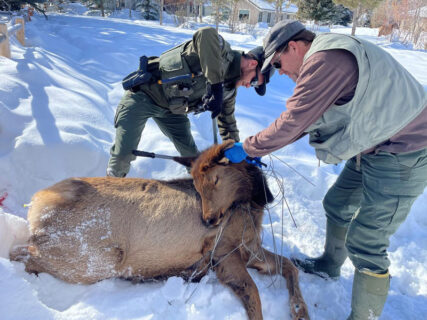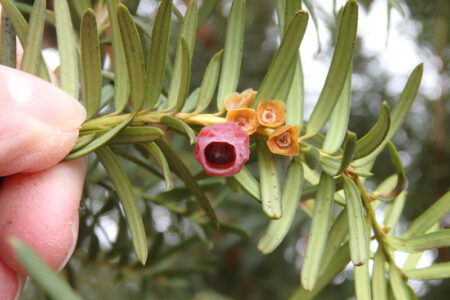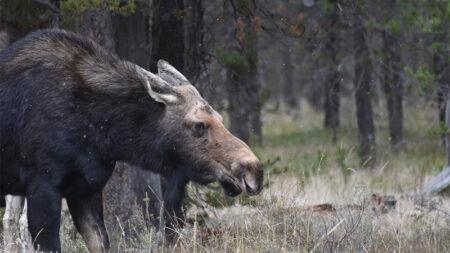More Harm Than Good: Why You Shouldn’t Feed Backyard Deer
The hardship of winter motivates some well-meaning people to set out food for deer. The truth is, they’re wild animals adapted to winter, and feeding them can quickly create a variety of problems significantly affecting their health and survival.
Despite good intentions, supplemental feeding of deer often harms them, frequently resulting in their death. Although some deer have adapted to live in urban environments and feed on non-native foods, this change in behavior doesn’t necessarily mean it is a healthy environment for them.
Idaho Fish and Game receives numerous reports of sick deer in the town of Salmon and in many other urban and suburban areas of the state, especially during the fall and winter months. The occurrence of sick deer in towns has been a long-standing issue common among urban deer populations. More often than not, this illness is related to their nutrition.
A Little Deer Biology
Poor nutritional condition in mule deer is caused by disruptions to their highly specialized digestive system. Specifically, human introduced foods such as bird seed, alfalfa cubes, deer blocks and livestock feed can disrupt the delicate balance of their stomach microbiome.
A mule deer’s digestive system is like other ruminants, consisting of four stomach compartments, rather than a single stomach. Deer are dependent on a healthy balance of bacteria, protozoa and fungi to break down their food. As their diets change throughout the year, so do the gut microbes, slowly adapting to differences in diet composition and forage quality.
This change in bacterial composition can take several weeks, making deer poorly adapted to sudden changes in diet. Consequently, even foods with high nutritional value may become difficult or impossible to digest, and animals will often starve to death with full stomachs.
Fish and Game often hear “but deer live in corn fields all over the U.S. You can’t tell me that corn is bad for them.” The difference is that deer in corn fields are also consuming other plant matter rather than just starchy seeds. This helps maintain balanced gut health.
Deer in mountainous habitats have a digestive microbiome that is best suited for living off browse, such as shrubs. Feeding them high-starch feeds (aka sugar) like corn would be like a human trying to survive solely off Snickers candy bars. As great as it sounds, the long-term outcome would be very bad for your health.
Fawns are particularly susceptible to dying from an unhealthy or suddenly changed diet. As rapidly growing juveniles, they lack the body fat reserves to compensate for the additional digestive stress. When their stomach microbiota is disrupted by unnatural foods, they are forced to try and maintain their energy levels by digesting internal fat. With little fat reserves, they quickly resort to the next available source of energy.
Unfortunately, this means they begin to metabolize their bone marrow and even muscle. Frequently this leads to organ failure and death. This is particularly true in urban environments where deer consistently find unnatural foods, many of which well-meaning people purposefully provide them. Non-migratory local deer, especially fawns, often suffer from things like chronic bloat which is an enteric disease that can lead to an extremely slow, suffering death as a result of being fed.



